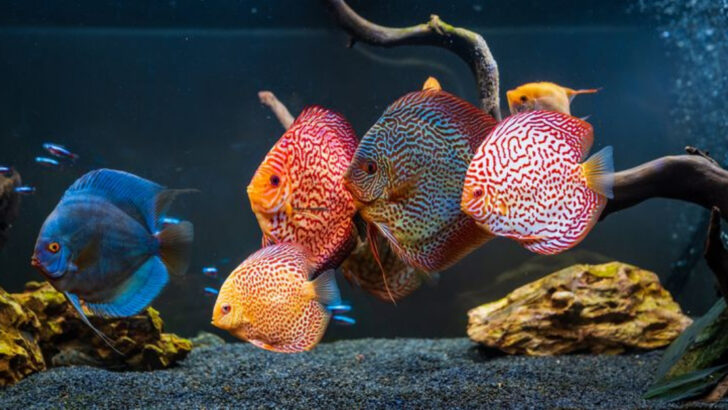Some fish are born for the spotlight—gliding through the tank like royalty, easy to care for, and endlessly mesmerizing. Others? They’re more drama than delight. High-maintenance, sensitive, or just plain difficult. And if you’re not ready for the challenge, things can go downhill fast. The truth is, not all pet fish are created equal. Some thrive with beginners and busy schedules. Others demand precision, patience, and a degree in aquarium science. In this guide, we’re diving into both sides. You’ll meet the 16 all-star swimmers that make life easier and tanks brighter— and 4 gorgeous troublemakers you’ll want to think twice about. Because the right fish can turn a boring room into a peaceful oasis. The wrong one? A watery nightmare.
Betta Fish
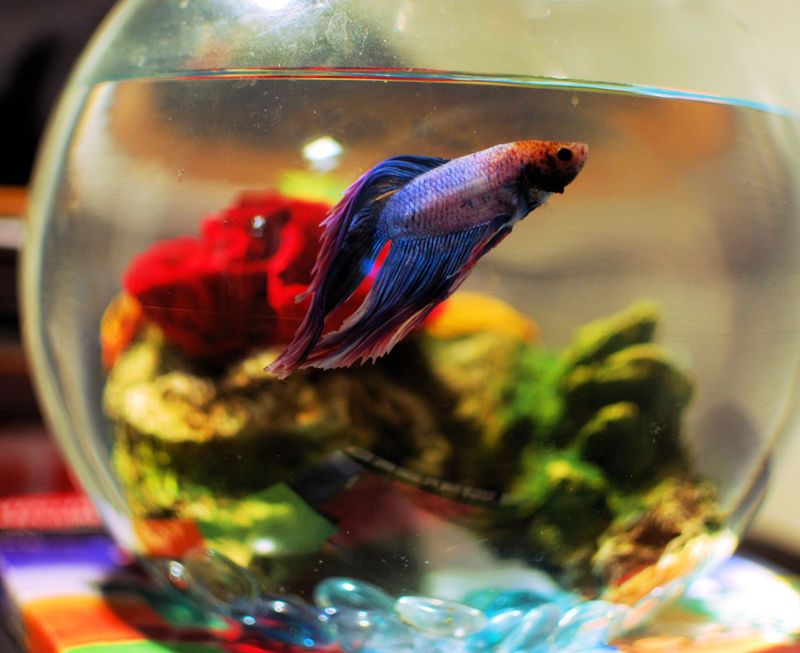
Betta fish, with their radiant colors and flowing fins, are a popular choice for many. These fish thrive in smaller tanks, making them ideal for limited spaces. Their ease of care is perfect for beginners. Provide a warm environment and regular feeding, and they will flourish.
Interestingly, male Betta fish are known for their territorial behavior. They should be housed individually to avoid conflicts. A fascinating fact: Betta fish can recognize their human caretakers over time. This bond adds a layer of enjoyment to their companionship.
Goldfish
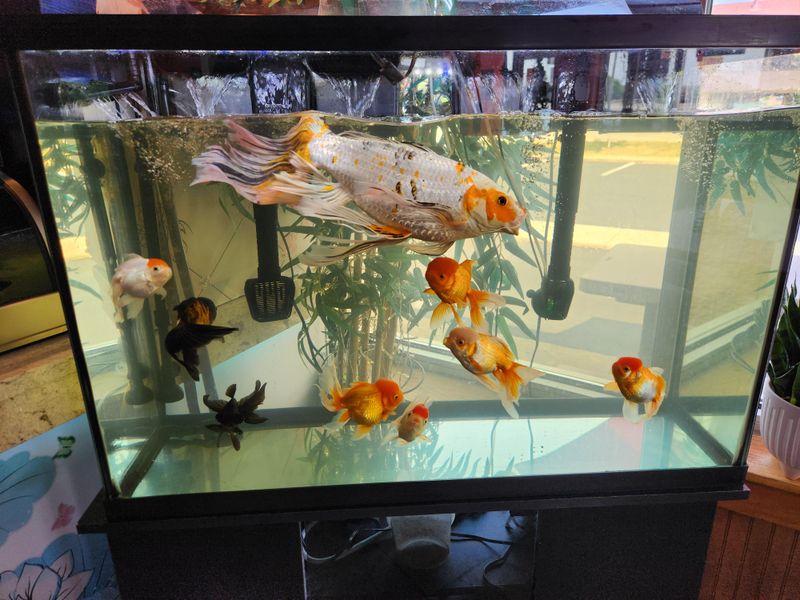
Goldfish have adorned homes for centuries with their golden hues. Though often associated with bowls, they do better in larger tanks with proper filtration. Their friendly demeanor makes them a joy to observe.
Goldfish are known for their longevity. With proper care, they can live for decades, growing significantly over time. An interesting tidbit: Goldfish have been found to have a memory span that challenges the myth of their short attention span, remembering routines and even recognizing their feeders.
Guppies
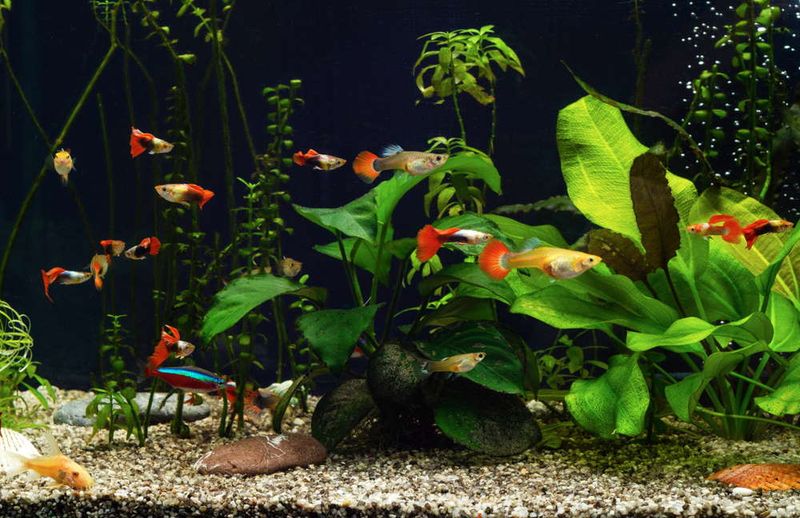
Guppies are lively and colorful, and they bring a splash of energy to any tank. They thrive in community settings and are known for their peaceful coexistence with other species. Their adaptability makes them a favorite among beginners.
These little fish are prolific breeders, and watching their lifecycle can be a delightful experience. A quirky fact: Guppies have been subjects of scientific studies due to their rapid reproduction and genetic diversity, offering insights into evolution and natural selection.
Neon Tetras
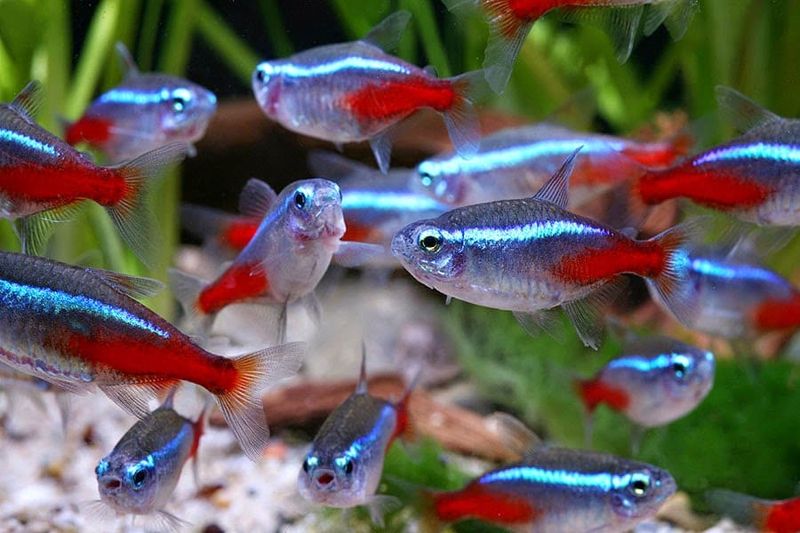
Neon Tetras are tiny yet captivating with their iridescent blue and red stripes. They are often synchronized swimmers, moving in unison in schools, which creates a mesmerizing display.
These fish are hardy and adaptable, making them ideal for community tanks. One fun fact: Neon Tetras originate from the clearwater and blackwater streams of the Amazon, adding an exotic touch to your aquarium. Their small size and peaceful nature make them easy companions for other small fish.
Mollies
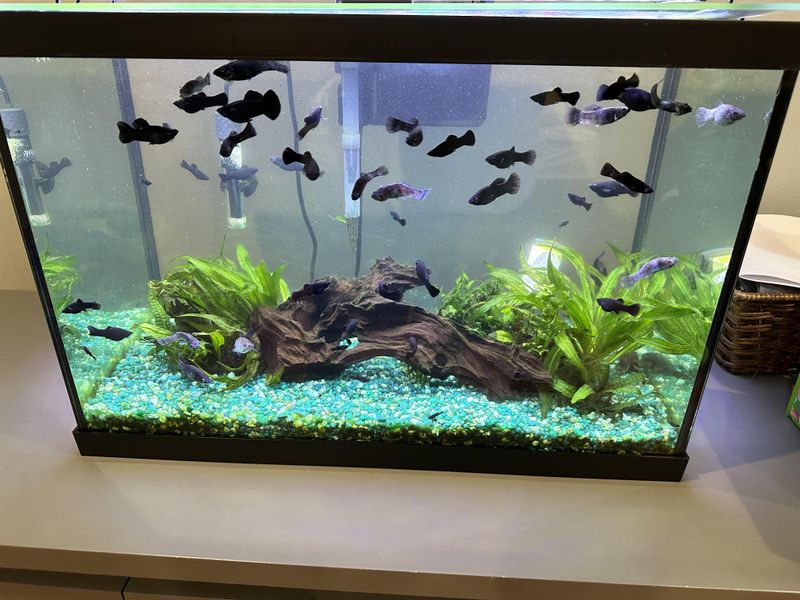
Mollies are versatile, enjoying both freshwater and brackish environments, offering flexibility in care. Their gentle nature makes them perfect for community tanks.
These fish come in various colors and can adapt to a range of water conditions. An interesting fact: Mollies give birth to live young, unlike many other fish that lay eggs, providing a unique breeding experience. Their adaptability and ease of care make them an excellent choice for both beginners and seasoned aquarists.
Zebra Danios

Zebra Danios are known for their striking patterns resembling zebra stripes. These fish are hardy and thrive in various water conditions, which is appealing for first-time fish owners.
Their social nature and energy make them ideal for community tanks. Interestingly, Zebra Danios have been used in scientific research due to their genetic similarities to humans, particularly in studies about developmental biology. This adds a layer of intrigue to their companionship.
Platies
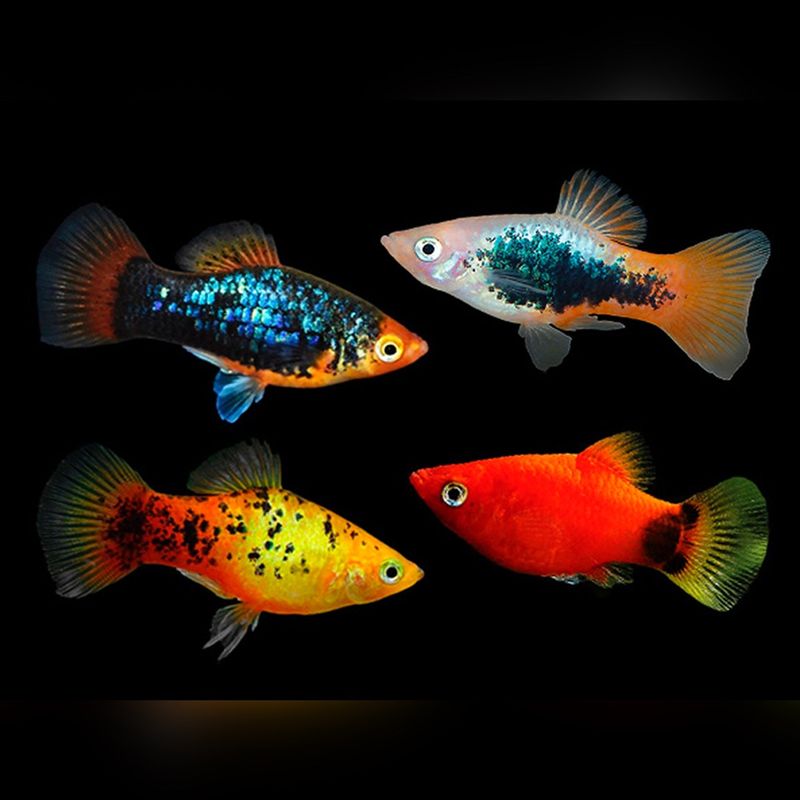
Platies are vibrant, easygoing, and come in a rainbow of colors, making them a delightful addition to any aquarium. They require minimal care, thriving in a variety of water conditions.
Known for their social behavior, they enjoy being in groups, which creates a lively environment. A fun fact: Platies are livebearers, similar to mollies, allowing aquarists to witness the miracle of life firsthand. Their friendly disposition makes them excellent companions for both novice and experienced fish keepers.
Swordtails
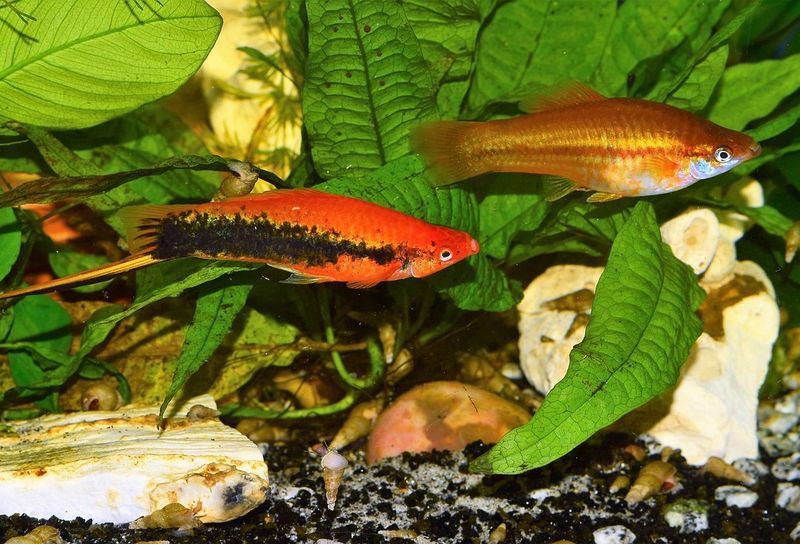
Swordtails are named for the distinctive sword-like extension on their tails. These fish are known for their active swimming and are a visual treat in any tank.
They do well in community aquariums and are adaptable to various water conditions. An interesting tidbit: Swordtails can change sex under certain conditions, primarily due to social dynamics within their group. This unique trait adds a fascinating element to their care.
Corydoras Catfish
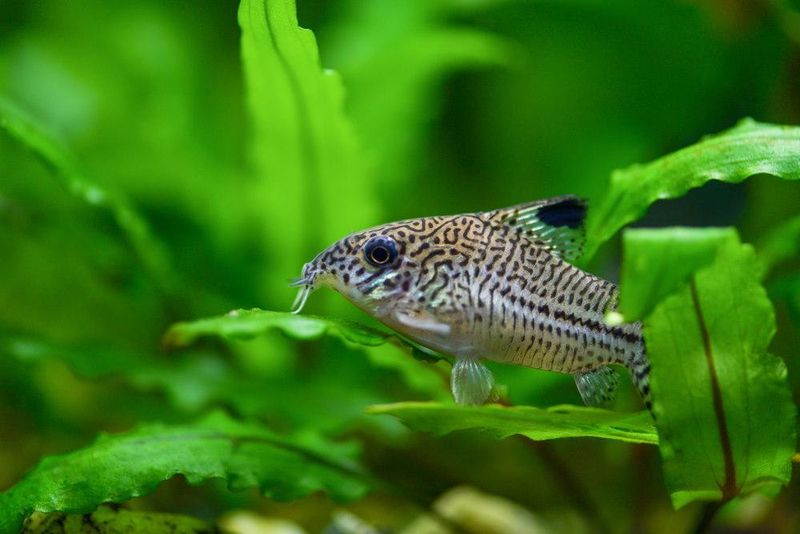
Corydoras Catfish, often called “Corys,” are small, armored catfish known for their communal nature and bottom-dwelling habits. They are excellent at cleaning up leftover food, helping maintain the tank’s cleanliness.
These catfish enjoy being in groups and are friendly towards other fish species. A curious fact: Corydoras have the ability to gulp air from the surface when needed, a trait that helps them survive in low-oxygen environments. This adaptability makes them a resilient choice for any aquarium.
Angelfish
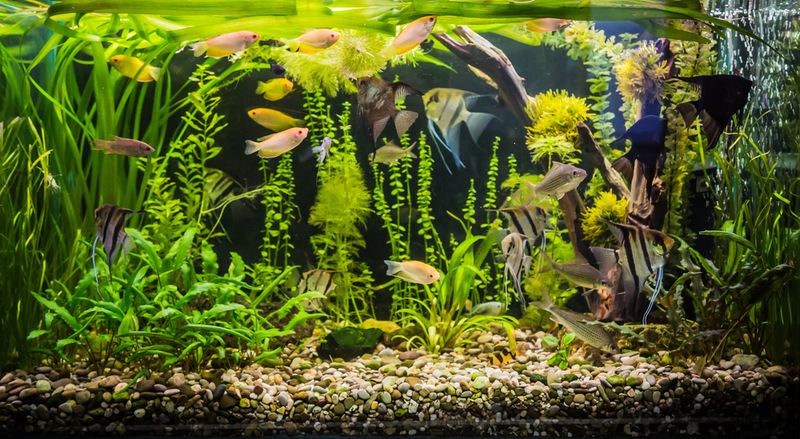
Angelfish are known for their elegance and striking appearance, making them a centerpiece in many aquariums. They require a bit more care, preferring taller tanks with ample swimming space.
These fish are territorial, especially during breeding, so it’s important to monitor their interactions. An intriguing fact: Angelfish have been selectively bred for various colors and fin shapes, enhancing their visual appeal. Their distinctive beauty makes them a popular yet slightly challenging choice.
Cherry Barbs

Cherry Barbs are small, vibrant fish known for their striking red color, especially in males. They thrive in peaceful community tanks and prefer well-planted environments.
These barbs are easy to care for and adapt well to different water conditions. A fascinating aspect: The intensity of a male’s color can increase during breeding periods, making them particularly eye-catching. Their peaceful nature and vivid appearance make them a delightful addition to any fish collection.
Kuhli Loaches

Kuhli Loaches are intriguing, eel-like fish that add a unique touch to any tank. They are known for their nocturnal behavior, often hiding during the day and becoming active at night.
These loaches prefer soft substrates and plenty of hiding spots. An interesting tidbit: Kuhli Loaches are often mistaken for eels due to their elongated bodies, but they are true fish with a penchant for burrowing. Their shy yet curious nature makes them a fascinating species to observe.
Rasboras
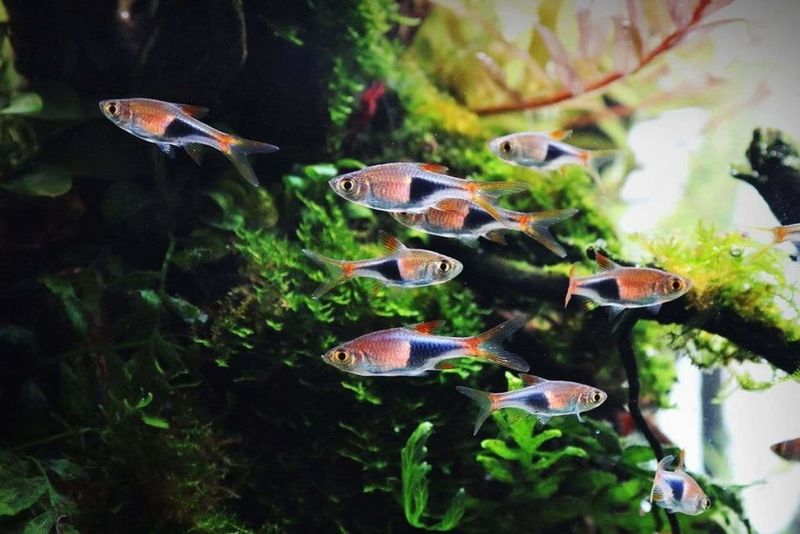
Rasboras are small, peaceful fish, admired for their shimmering appearance. They are social creatures, best kept in schools, creating a captivating display of synchronized swimming.
These fish are easy to care for, thriving in a well-maintained, planted aquarium. A fun fact: Harlequin Rasboras are often used in aquascaping due to their striking presence and harmonious swimming patterns. Their elegant movements and ease of care make them ideal for both beginners and experienced aquarists.
Oscar Fish

Oscar Fish are known for their intelligence and personality, often interacting with their owners in playful ways. They grow large and require spacious tanks, making them more suitable for committed hobbyists.
These fish are territorial and can be aggressive, so careful consideration is needed when choosing tank mates. An interesting fact: Oscar Fish can recognize their owners and even show excitement during feeding times. Their captivating behavior and vibrant patterns make them a rewarding but demanding pet choice.
Discus Fish
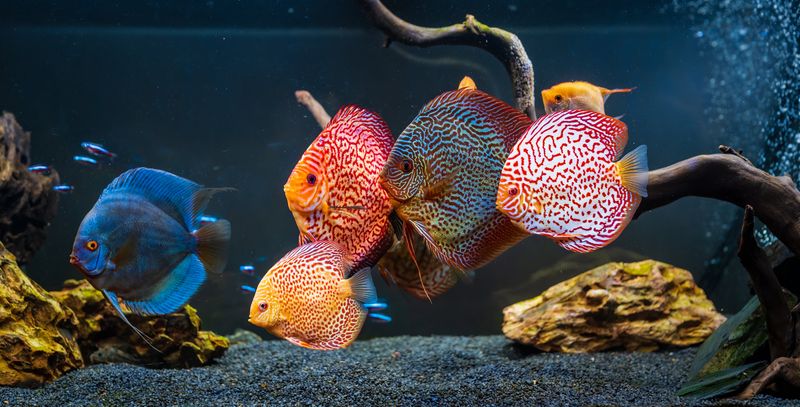
Discus Fish are often referred to as the “kings of the aquarium” due to their stunning colors and regal presence. They require meticulous care, with specific water parameters and a high-quality diet.
These fish thrive in groups and prefer a peaceful, stress-free environment. Their beauty is unmatched, but their care demands make them suitable for experienced aquarists only. A fascinating detail: Discus Fish have a unique breeding behavior where parents secrete a nourishing mucus for their fry, showcasing their parental care.
Clownfish
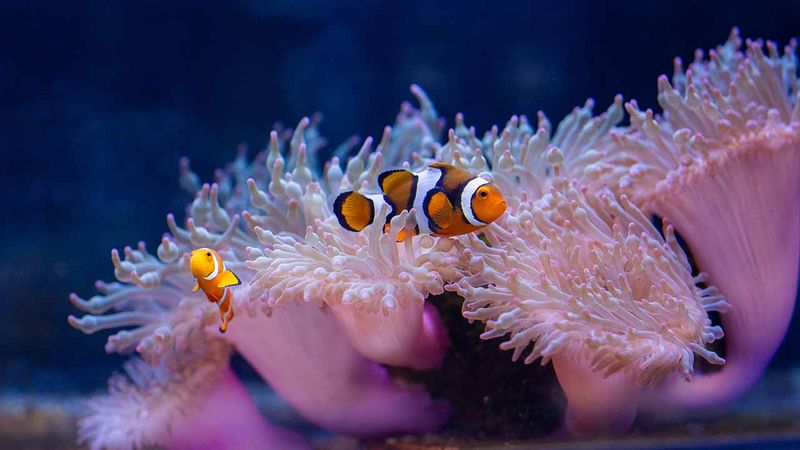
Thanks to their star role in popular films, Clownfish have captured the hearts of many. These marine fish are known for their vibrant colors and symbiotic relationship with sea anemones.
Clownfish are relatively easy to care for once their environment is established. An interesting tidbit: All Clownfish are born male, with the ability to change sex if the dominant female is removed, a fascinating adaptation to their social structure. Their vibrant presence adds a touch of marine magic to any saltwater setup.
Bettas
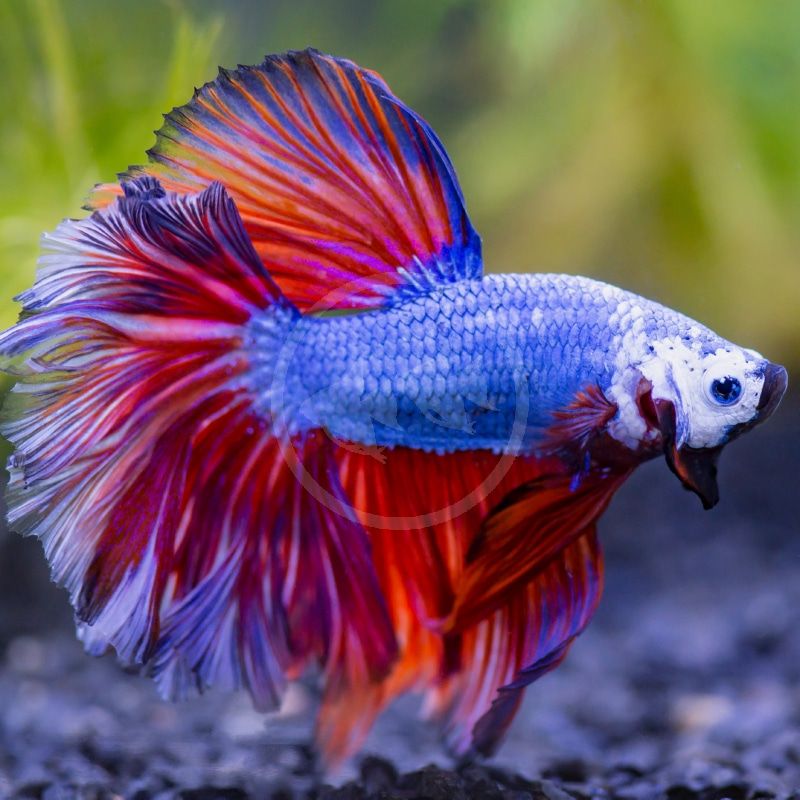
Bettas are known for their striking appearance and vibrant colors. They are solitary creatures, best kept alone due to their territorial nature. These fish are low-maintenance, making them ideal for beginners.
Bettas thrive in smaller tanks and prefer warm water with regular feeding. A curious fact: Betta fish can breathe air from the surface due to their labyrinth organ, allowing them to survive in low-oxygen environments. Their captivating beauty and ease of care make them a favorite among aquarists.
Arowana
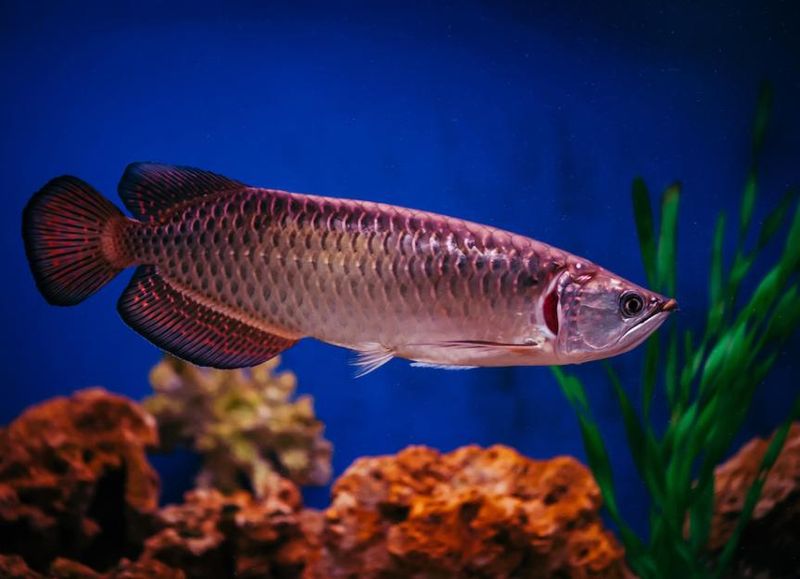
Arowanas are large, elegant fish known for their delicate scales and predatory nature. They require extensive space and pristine water conditions, making them suitable for advanced aquarists.
These fish are often considered lucky symbols in various cultures. An intriguing aspect: Arowanas can leap out of the water, so tanks need secure covers to prevent escape. Their majestic presence and unique challenges in care appeal to those looking to invest time in a rewarding aquatic pet.
Plecostomus
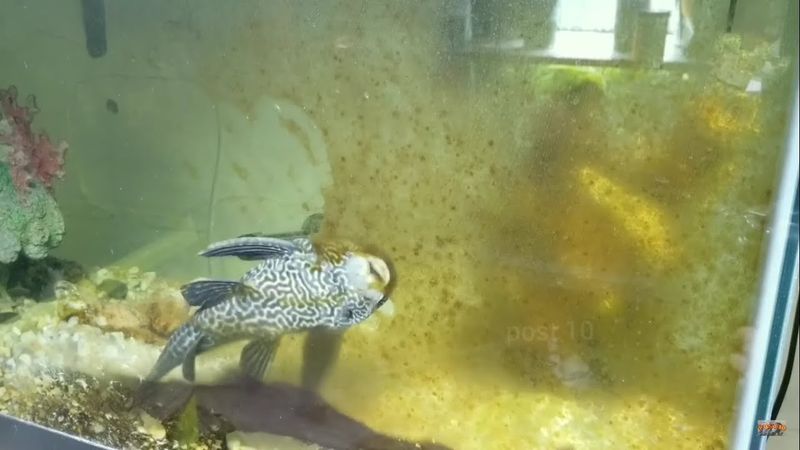
Plecostomus, or Plecos, are known for their role as algae eaters, helping maintain a clean tank environment. They grow large, requiring ample space as they mature.
Their unique appearance, with armored bodies and sucker mouths, adds character to the tank. A fun tidbit: Plecos can attach themselves to the glass, rocks, or decorations, making them an entertaining species to observe. Their hardiness and algae-eating abilities make them a practical, though occasionally challenging, pet choice for larger aquariums.
Bristlenose Pleco
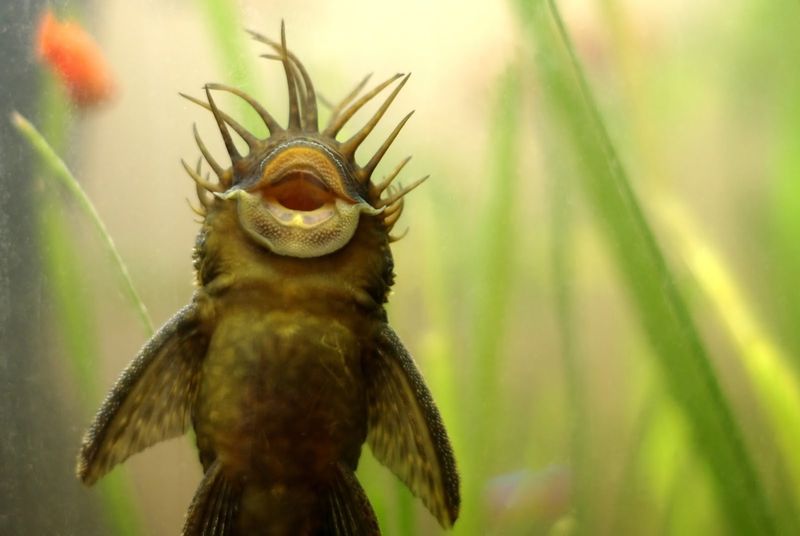
The Bristlenose Pleco is a charming addition to any aquarium. Known for its distinctive bristles around the snout, this fish is both a great cleaner and a fascinating pet. Unlike its larger cousins, this pleco remains small, making it suitable for moderate-sized tanks.
Its peaceful demeanor complements other fish beautifully, adding harmony to a community tank. The Bristlenose Pleco is nocturnal, often hiding during the day.
Did you know? This species is an excellent algae eater, helping to keep your tank clean. Its adaptability makes it a favorite among aquarists.

